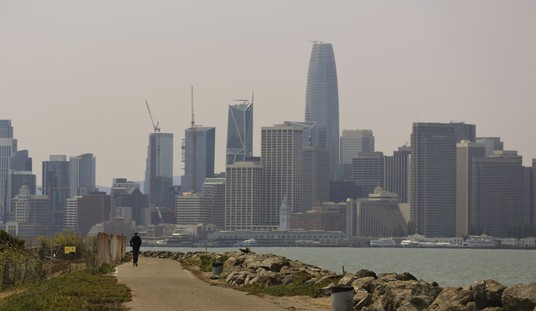Just over a year ago a judge ruled that the Army Corps of Engineers would need to take a second look at the environmental impact of the Dakota Access Pipeline. Last Friday, the Army Corps completed that additional review and concluded the final permit for the pipeline could stand. From the Associated Press:
In its initial analysis of the Missouri River crossing that skirts the northern edge of the Standing Rock Reservation along the North Dakota-South Dakota border, the Corps studied the mostly white demographics in a half-mile (0.8-kilometer) radius, which the agency maintained is standard. But if the Corps had gone another 88 yards (80 meters) — not quite the length of a football field — the study would have included the reservation.
The tribe accused the Corps of gerrymandering. The tribe believes an oil spill from the pipeline under the Lake Oahe reservoir on the Missouri River — from which the reservation draws its water — could have a detrimental effect on the tribal community. Standing Rock is leading a lawsuit joined by three other Dakotas tribes that seeks to shut down the pipeline.
The Corps said in its summary filed with the court Friday that the chances of an oil spill are low and any impacts to hunting and fishing “will be of limited scope and duration.” On the environmental justice issue, the agency said minority populations, including the tribe, and low-income groups are not at greater risk of “adverse human health or environmental effects.”…
[Judge] Boasberg did not immediately rule on whether he was satisfied with the Corps’ additional work. However, when he ruled last October that the pipeline could continue operating while the work was done, he hinted it might not take much.
This stemmed from an order President Trump issued a few days after taking office. He ordered the Secretary of the Army to expedite a final permit for the pipeline and the permit was granted a couple weeks later.
The Standing Rock Sioux Tribe, which has long opposed the pipeline, filed a lawsuit seeking an additional environmental review of its impact on the tribe. When a judge ordered that additional review last June, it was seen as a partial win for the tribe, though the judge also determined the pipeline could continue to operate while the review was ongoing.
Now it seems this issue has been resolved though, of course, the tribe is not happy with the result. A spokesman for the tribe told the AP, “we got a cynical and one-sided document designed to paper over mistakes, not address the tribe’s legitimate concerns.” So I wouldn’t be at all surprised to see another lawsuit or an appeal of this outcome in the near future. Meanwhile, the pipeline marked one year of operation in early June.








Join the conversation as a VIP Member